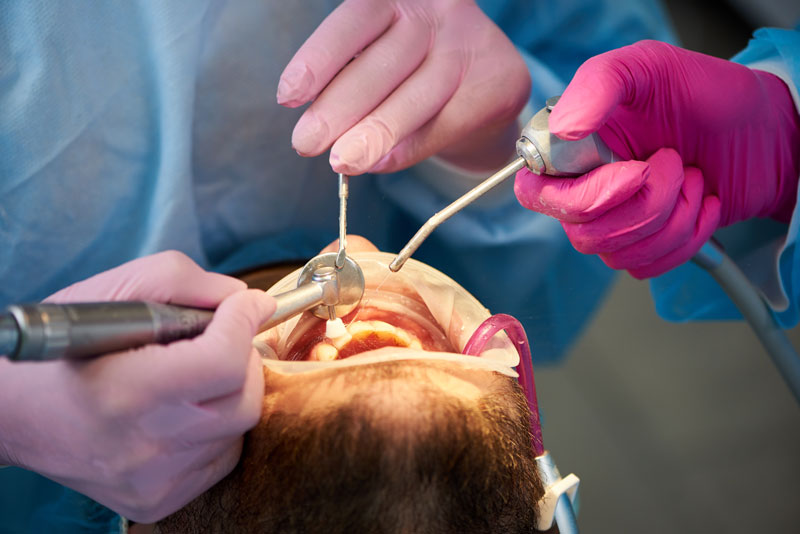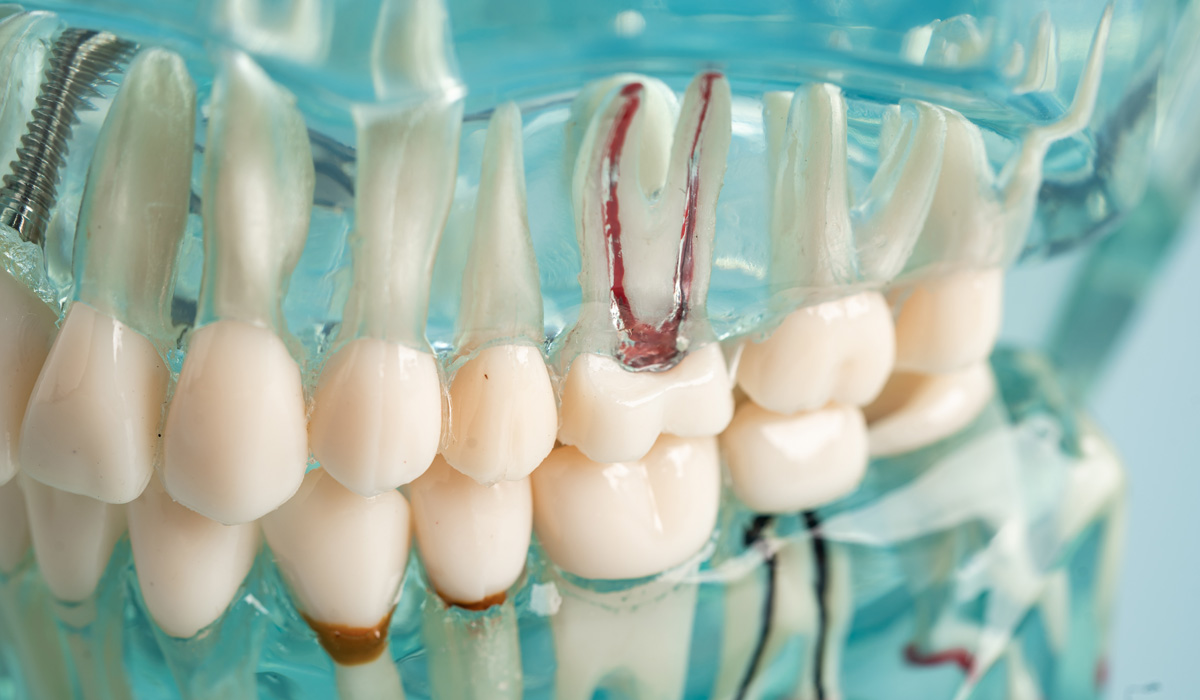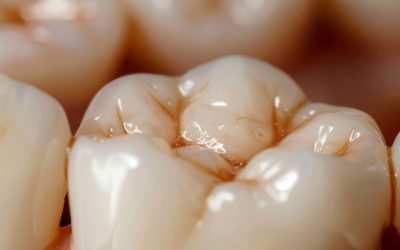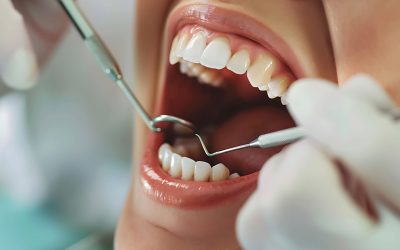A root canal is often the definitive solution for preserving a tooth that is severely damaged or infected. Despite its intimidating reputation, the procedure is straightforward and typically less daunting than one might expect. By understanding when a root canal is necessary, what to anticipate regarding post-treatment driving, dietary considerations, and key recovery strategies, you can approach the procedure with confidence and ease. This thorough guide offers detailed insights to ensure you are well-prepared for every aspect of your root canal therapy.
When Is a Root Canal Needed?
Root canal therapy becomes essential when the pulp—the innermost layer of the tooth becomes inflamed or infected. This vital intervention is provided to remove the infection, halt further damage, and save the tooth. Below is a deeper exploration of the symptoms and causes that may indicate the need for this procedure:
Symptoms Indicative of a Root Canal
Persistent Toothache: A severe, lingering toothache that persists despite over-the-counter pain relief may signal an infection in the tooth’s pulp.
Temperature Sensitivity: Heightened sensitivity to hot or cold can indicate inflammation or infection in the pulp.
Swelling and Tenderness: Swelling in the gums or nearby areas, accompanied by tenderness, often suggests that the infection has spread beyond the tooth.
Tooth Discoloration: A tooth that darkens or changes color may indicate pulp damage or necrosis.
Pain While Chewing: Discomfort or pain when chewing can be a sign that the tooth’s pulp is compromised.
Common Causes of Pulp Infection
Deep Decay: Advanced tooth decay can penetrate the pulp chamber, leading to infection.
Repeated Dental Procedures: Multiple treatments on the same tooth can weaken its structure and result in pulp issues.
Cracked or Chipped Tooth: Trauma or fractures in the tooth may allow bacteria to infiltrate and infect the pulp.
Physical Trauma: Even without visible fractures, trauma can damage the pulp, leading to inflammation or infection.
If you experience any of these symptoms, it is crucial to consult your dentist. A thorough examination, often including X-rays, will help determine whether root canal treatment is necessary.

Root Canal Recovery: What to Expect
The recovery period after a root canal procedure can vary, but there are some common experiences and guidelines to help you through it. Here’s what to expect in the days following your root canal:
- Discomfort and Sensitivity: It’s normal to experience some discomfort or sensitivity in the treated area for a few days. This is due to tissue inflammation surrounding the tooth, which should subside with time. Over-the-counter painkillers, such as ibuprofen or acetaminophen, can help alleviate any pain.
- Swelling: Minor swelling may occur around the treated area, but this should improve within a few days. Applying an ice pack to the cheek near the affected tooth can help reduce swelling and discomfort.
- Follow-up Appointments: Your dentist may schedule a follow-up appointment to ensure the tooth is healing properly. It is essential to attend this appointment to check for any potential complications.
- Healing Time: While the majority of healing occurs in the first few days, the root canal site will continue to heal over the course of weeks. However, you should be able to return to your normal activities within a day or two.
These experiences are part of the normal recovery process, but if you notice severe pain, excessive swelling, or signs of infection, contact your dentist immediately.
Can You Drive After a Root Canal?
Effect of Anesthesia: While local anesthesia may cause temporary numbness in the treated area, it does not impair your ability to drive. Ensure that the numbness has subsided before resuming daily activities.
Consult Your Dentist: If you are concerned about how anesthesia might affect you, consult with your dentist in advance for personalized advice.
Sedation and Driving
Types of Sedation: In rare instances, patients may receive sedation beyond local anesthesia, such as oral sedatives or nitrous oxide (laughing gas), which can impact coordination and judgment.
Arrangements: If additional sedation is administered, it is advisable to arrange for transportation home. Your dentist will provide guidance on when it is safe to resume driving.
Post-Procedure Discomfort
Mild Discomfort: While most patients feel well enough to drive, some patients may experience mild discomfort or fatigue post-treatment. If you feel uneasy about driving, consider having a friend or family member accompany you.
Post-Root Canal Dietary Guidelines
Proper nutrition post-procedure is crucial for a smooth recovery. Here are some essential dietary tips to ensure comfort and promote healing:
Immediate Post-Procedure Eating
Wait for Numbness to Wear Off: Avoid eating until the effects of anesthesia have completely worn off to prevent accidental injury to your tongue or cheek.
Choose Soft Foods: Start with soft, easy-to-eat options like yogurt, mashed potatoes, and soups. These gentle foods minimize irritation to the treated area.
Foods to Avoid
Hard Foods: Avoid nuts, popcorn, and other hard foods that may exert unnecessary pressure on the treated tooth.
Sticky Foods: Refrain from eating sticky items such as caramel or gum, as they can adhere to the treated area and cause complications.
Chewing and Sensitivity Considerations
Chewing: If chewing is necessary, use the opposite side of your mouth to avoid placing stress on the sensitive tooth.
Temperature Sensitivity: Avoid hot or cold foods immediately after the procedure to reduce the risk of discomfort.
Oral Hygiene
Brushing and Flossing: Continue regular brushing and flossing but be gentle around the treated tooth to avoid irritation.
Rinsing: Use an antibacterial mouthwash to help prevent infection and keep the area clean.
Additional Tips for a Smooth Recovery
Medications: Take prescribed medications, such as pain relievers or antibiotics, as directed by your dentist to manage pain and prevent infection.
Avoid Strenuous Activities: Refrain from intense physical activity immediately following the procedure to allow for proper healing.
Monitoring for Complications
Signs of Issues: Watch for any unusual signs like increased pain, swelling, or discharge, and contact your dentist if necessary.
Follow-Up Appointments: Attend all scheduled follow-up visits to monitor healing progress and address any concerns.
Long-Term Care
Restorative Treatment: Your dentist may recommend a crown or filling post-root canal to restore and protect the tooth. Follow their advice on any further treatment needed.
Routine Check-Ups: Regular dental check-ups are essential to maintaining the health of your treated tooth and overall oral well-being.

Pain After Root Canal: What’s Normal and What’s Not
Experiencing some discomfort after a root canal is completely normal, but it’s important to understand what level of pain is typical and when you should seek help.
Normal Pain:
- Mild to Moderate Discomfort: It’s common to experience mild to moderate discomfort or a dull ache around the treated tooth for a few days. This should subside as the inflammation decreases.
- Sensitivity: The tooth may be sensitive to pressure or touch immediately after the procedure, but this should gradually improve.
When to Contact Your Dentist:
- Severe Pain: If you experience severe pain that does not improve or worsens over time, it could indicate a complication, such as an infection.
- Prolonged Swelling: Swelling that doesn’t go down after a few days or is accompanied by fever should be reported to your dentist immediately.
- Persistent Numbness: If you still feel numbness in the treated area after the anesthesia has worn off, it may indicate nerve damage.
Pain after a root canal should be manageable with over-the-counter pain medications, but don’t hesitate to reach out to your dentist if something doesn’t feel right.
Long-Term Care for Your Treated Tooth
Once your root canal is complete and your tooth has healed, it’s essential to focus on long-term care to ensure the longevity of the treated tooth and prevent future issues.
- Dental Crowns: In many cases, a crown is placed over the treated tooth to protect it from further damage and restore its function. It’s important to follow up with your dentist to ensure that the crown is placed correctly and maintained.
- Good Oral Hygiene: Continue brushing and flossing regularly to prevent plaque buildup and future decay. Although the tooth is no longer alive, the surrounding gums and bone still need proper care.
- Regular Check-ups: Regular dental check-ups will ensure that your treated tooth remains in good condition and that no other issues arise. Your dentist can monitor the treated area and provide additional care if needed.
- Avoiding Hard Foods: Even after recovery, try to avoid biting down on hard objects like ice or pens, which could damage the treated tooth or surrounding teeth.
With the right care, your treated tooth can last for many years, allowing you to enjoy a healthy, functional smile.

Conclusion: A Smooth Recovery with Proper Care
Root canal recovery is a straightforward process when you know what to expect and how to care for yourself. By following the immediate aftercare instructions, maintaining a soft-food diet, managing discomfort, and taking care of your treated tooth long-term, you’ll ensure a successful recovery and the continued health of your smile.
If you ever have concerns or notice unusual symptoms, don’t hesitate to contact your dentist. Root canal recovery doesn’t have to be a painful or stressful experience, and with proper guidance, you’ll be back to your normal routine in no time.








